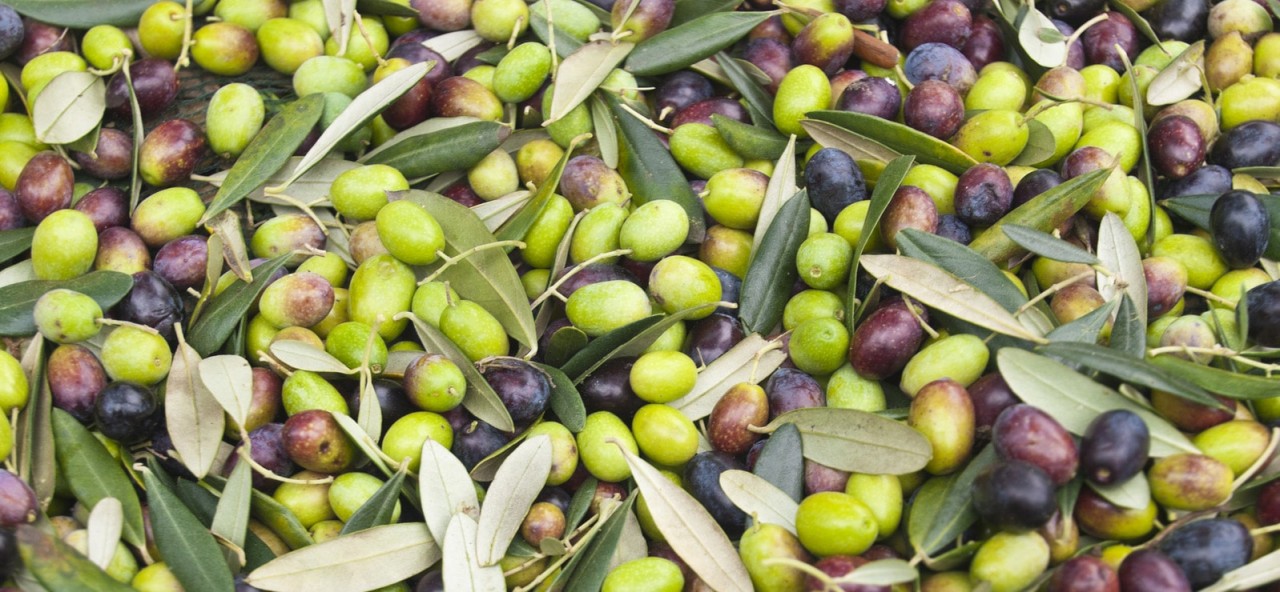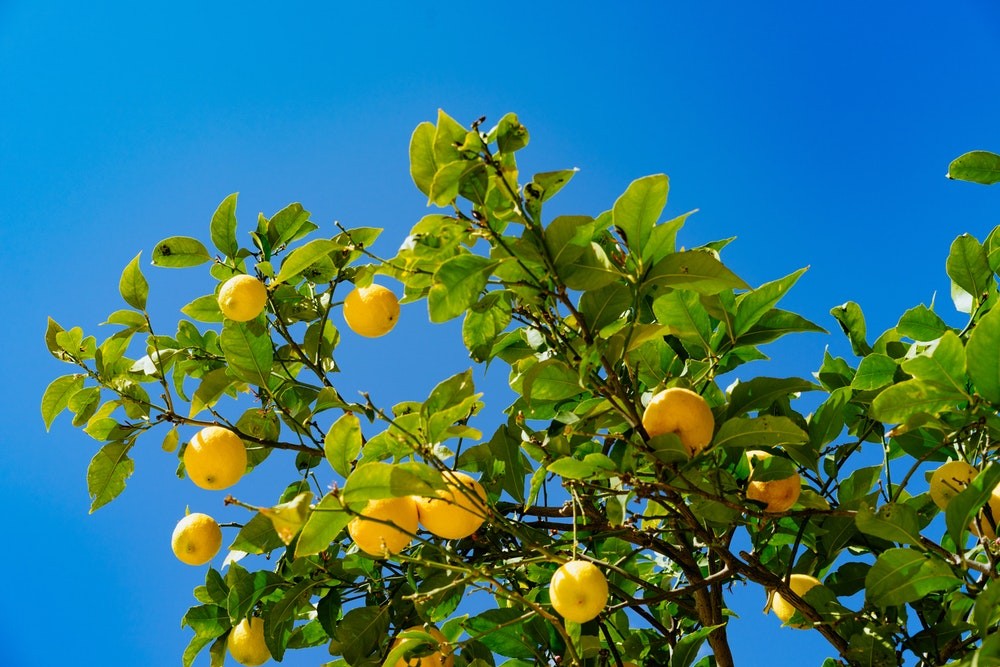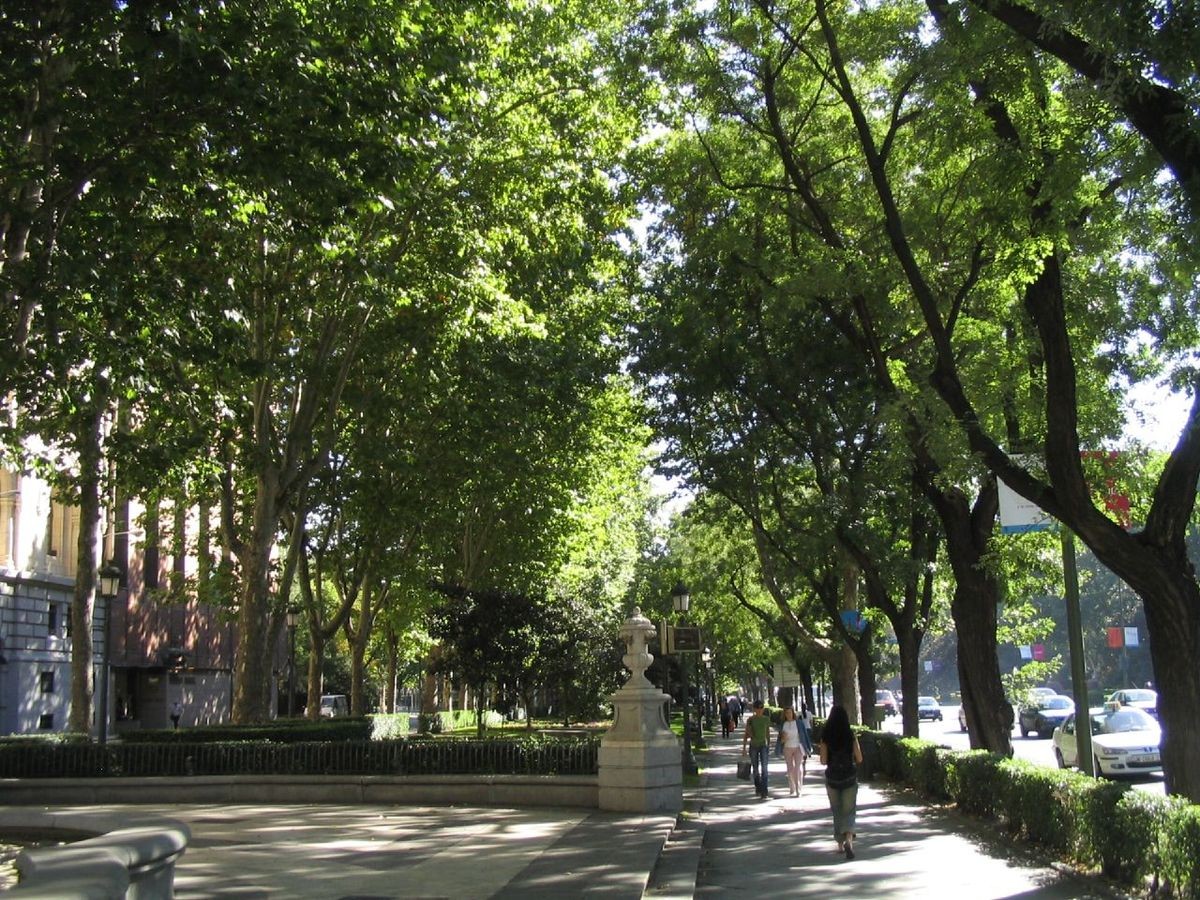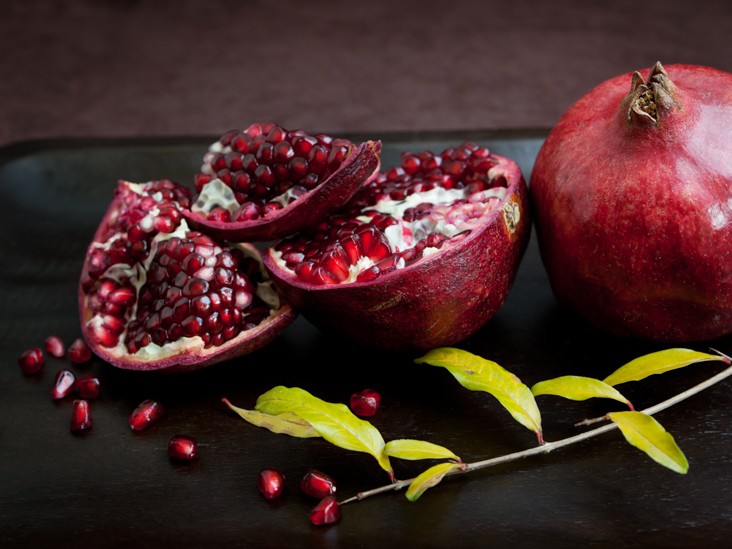On our patio in the Albayzin district of Granada we have a large olive tree. Like the lemon tree on the other side of the patio it is a force of nature. Every second year the crop of black olives is huge. In the past I have tried curing them to rid the bitterness. Without much success.
The tree grows at such a phenomenal rate that it invades the windows of the house and when the olives ripen they fall onto the terra cotta paving and leave terrible black stains which only agua fuerte will shift.
So… two months ago I decided to kill two birds with one stone: heavily prune the tree when it was still full of olives, abandoning the harvest to the rubbish collectors. I left nine huge bundles of olive branches by the underground refuse bins one Saturday night. On Sunday morning they were gone and I spent the entire day with a pressure washer trying to clean up the patio.
A couple of weeks ago our neighbour María-Luisa bused. The postman had left a parcel with her as we were out. “What have you done with the olive crop this year?” she asked me. I sheepishly admitted that I had thrown it away. “Why?” she was incredulous. “I’ve got some of yours here”, she said disappearing into her house.
She presented me with a shallow plastic dish of gnarled looking black olives. A strong aroma of oregano pervaded the dish. “I made these from one of the branches that hung over my patio” she proudly announced, pushing them on me. “They’re yours,” she said. They tasted delicious.








